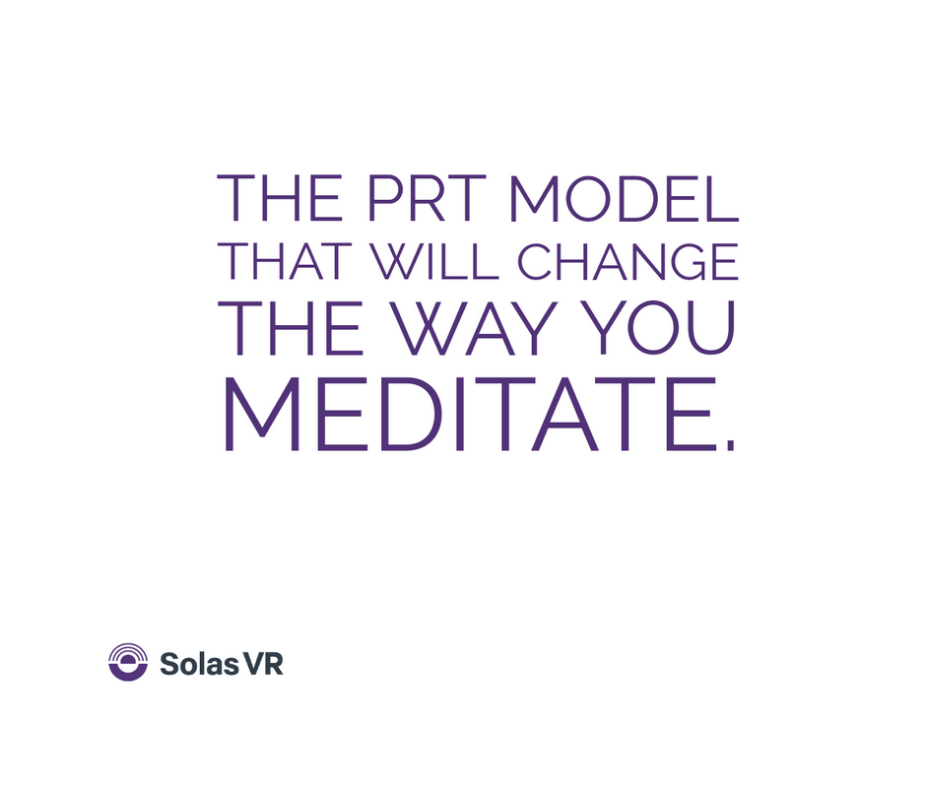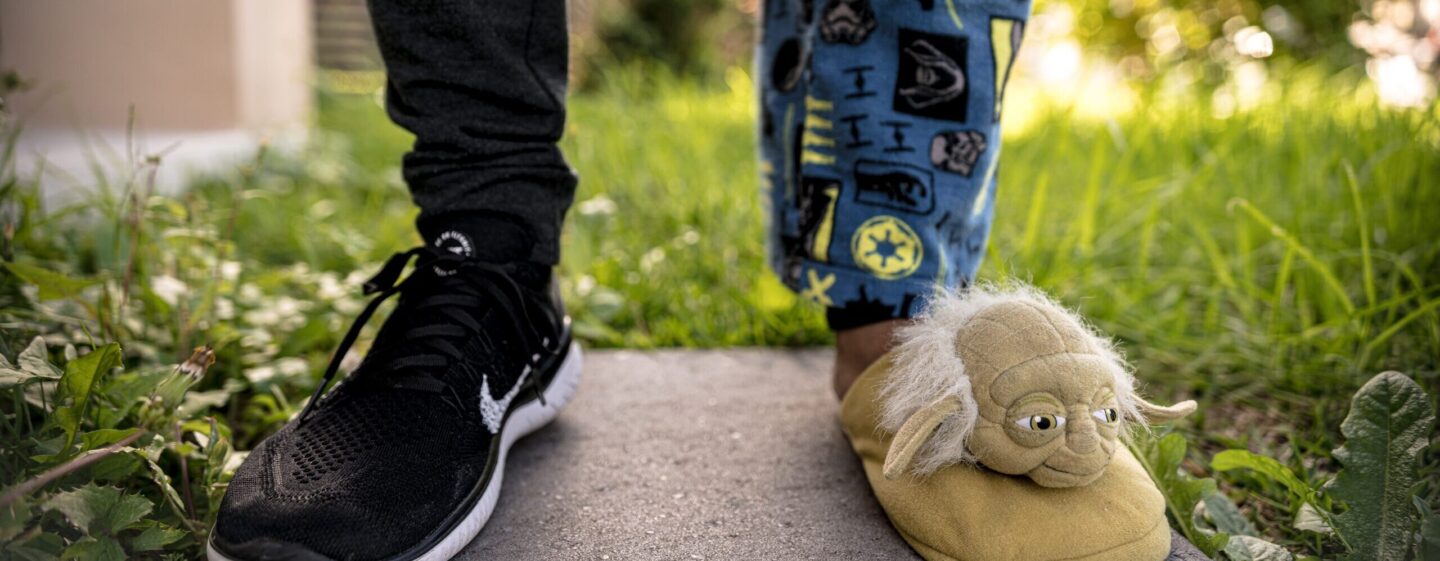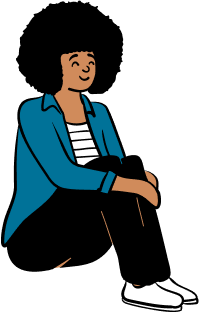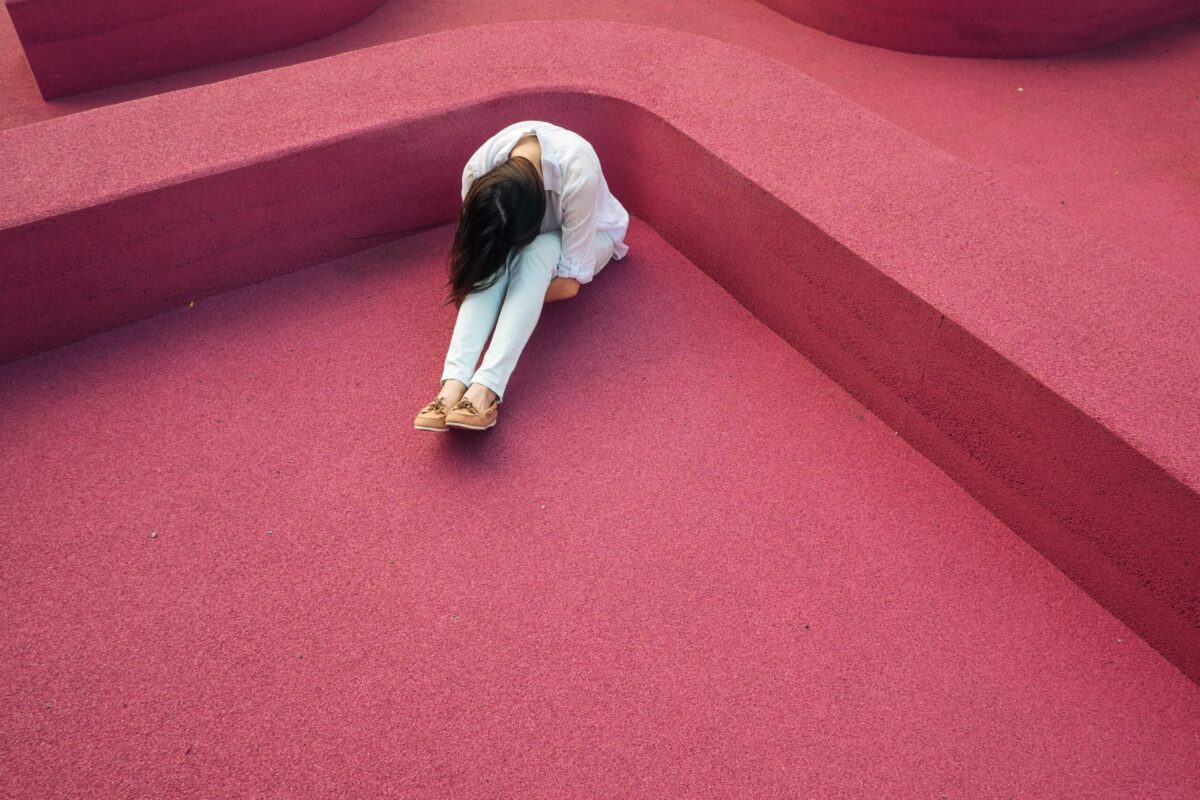
Burnout could have been the word of the years 2021 and 2022 if it hadn’t been for covid and the metaverse. This situation is defined by WHO as :
“a syndrome conceptualized as resulting from chronic workplace stress that has not been successfully managed. It is characterized by three dimensions:
- feelings of energy depletion or exhaustion;
- increased mental distance from one’s job, or feelings of negativism or cynicism related to one’s job; and
- reduced professional efficacy.”
This new definition highlights burnout as a serious matter that needs to be professionally addressed, removing the stigma of behaving as a spoilt kid as “you overreact, it’s just stress”. In fact, as we read in the “State of Burnout” report by Infinity Potential, dealing with burnout is an urgent priority as the latest years have induced lifetime high-stress levels, due to unmanaged workload and the struggle to maintain a work-life balance. The same report explains the fundamental causes and effects of burnout, as follows:
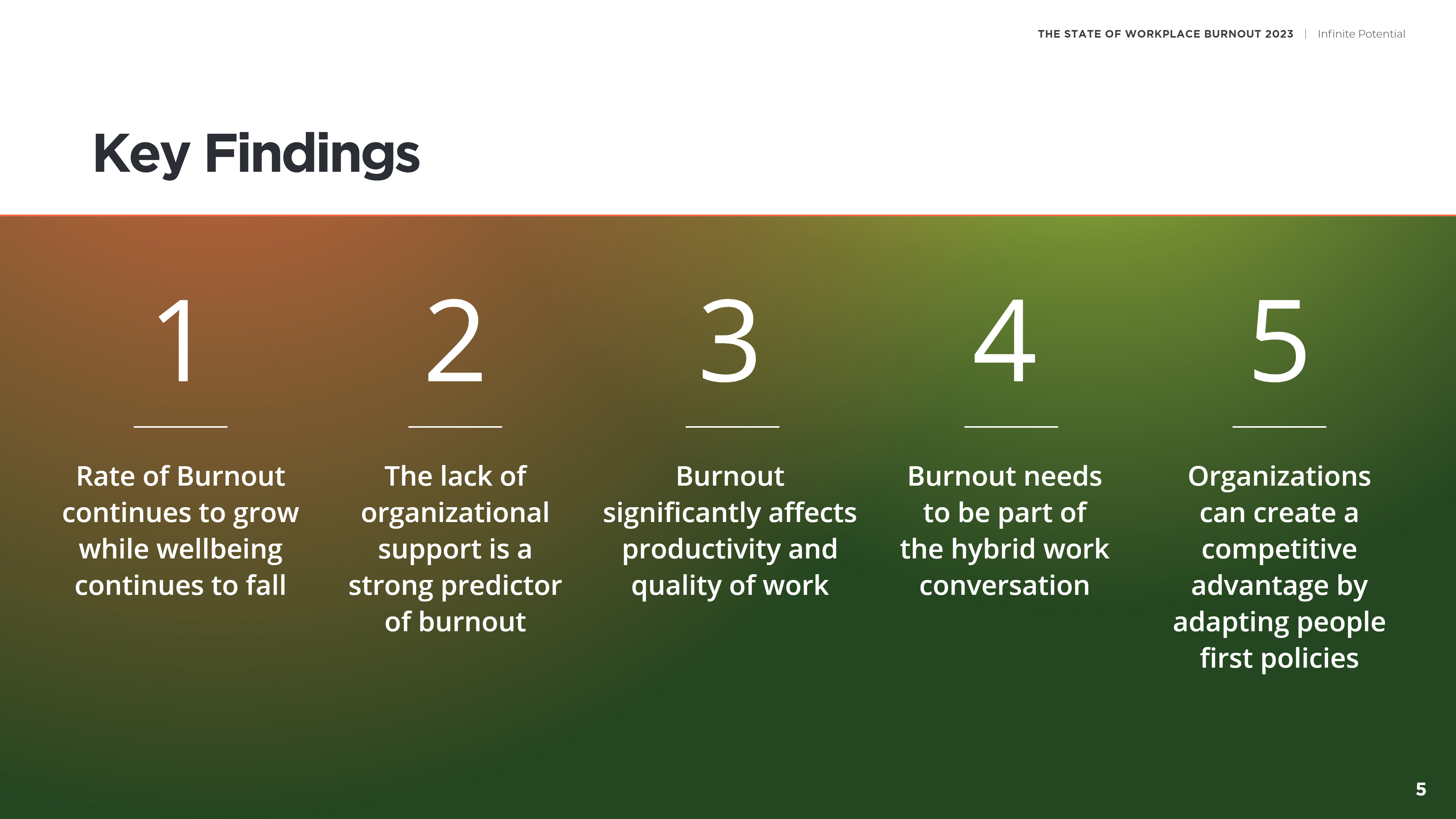
Source: State of burnout report- Infinite Potential
These five points highlight the importance of empathetic leadership and a well-structured organisational support process that will allow the employees to feel secure and trust between employees and employers to be restored. Now it’s the time for managers to show that they care about their teams’ wellness and to introduce new practices that will actively help employees deal with stress. Here comes Solas VR meditation app as a tool designed for the hybrid world, tailored to destress through short, yet powerful breaks, that allows the mind to unwind and focus again. As a stand-alone solution or as part of a corporate wellness process, our app responds to all aspects of the above key findings:
- It is focused on well-being, while directly addressing burnout symptoms.
- It can become the founding stone of an organisational support program.
- Microbreaks are a proven solution to a lack of focus, especially when they are related to sessions of mindfulness.
- VR technology is an important player in the hybrid world conversation
- As a result, Solas VR meditation app becomes a powerful people-first initiative, as it highlights the empathy of management and it drastically supports employees’ efforts to cope with stress and current challenges.


